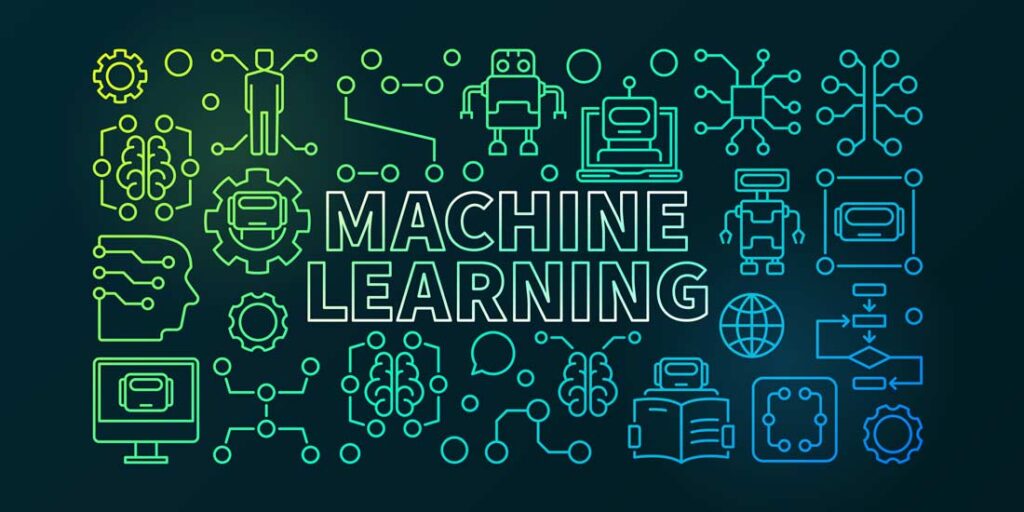As the buzz around AI increases, leaders like you wonder: how can I use this new technology to drive efficiency within my production facilities? While leaders know that in theory, AI is supposed to “reinvent productivity,” they aren’t exactly sure how that will practically translate in manufacturing or supply chain environments. Or, for that matter, where these new advancements will fit into production processes, or how they’re going to manage another addition to their tech stack.
In this blog, we’ll briefly explore deploying machine learning models, showing you how to manage multiple models, establish robust monitoring protocols, and efficiently prepare to scale.
Managing Multiple Models
Firstly, let’s cover the tech stack aspect. With the caveat that this depends on which solution you utilize, AI will likely not be an external, additional component you have to manage alongside your existing systems. Instead, AI will most likely either be embedded into those systems or overlaid on top of them.
Where this gets tricky is the idea of managing multiple models, or several machine-learning powered tools at the same time. AI has a wide variety of use cases for e-commerce, including inventory and fleet management, packaging automation, and warehouse optimization. If you’re using several different systems for those functions instead of a centralized solution, you may find yourself working with multiple models.
This is not inherently negative, nor is it difficult to fix if it’s creating pain points for you. The fastest way to resolve this is to connect all your disparate systems to one, centralized hub, like a CRM. You can also mitigate the amount of systems you’re using by connecting those most relevant to one another. The fewer silos created within your organization, the better, as interconnectivity allows your systems to talk to one another, and your organization to drive productivity.
Laying the Groundwork for Scaling
Creating a single source of truth also unlocks scalability within your infrastructure. You might start out small, testing a single tool’s impact on one aspect of your operations; but as you think about expanding your machine learning investment, you’ll want to make sure you have the capacity to run several solutions at once.
Setting up a dark fiber infrastructure is one way to open up network capacity without expending a ridiculous amount of capital. As opposed to turnkey network solutions, which typically have limits set by their providers, dark fiber infrastructures allow you granular control over network speed, architecture, and security. This is greatly beneficial for organizations using AI tools, as it unlocks unlimited data, low latency, and allows you to scale your usage as needed.
Audit your existing infrastructure to determine how prepared you are to scale. Identifying pain points that could hinder your growth and removing them from the equation before implementing AI is the best way to set yourself up for success.
Establishing Robust Monitoring Protocols
Finally, we come to ongoing maintenance. AI is a newer technology, and while it is both exciting and powerful, it is not perfect. Biases naturally embedded in the datasets machine learning models use to learn can sometimes be replicated in their output, altering results and causing production issues down the line.
As such, it’s important to have bias detection protocols in place, and to continually monitor your machine learning tool’s output for anything untoward. Machine learning tools are designed to get better as they learn; identifying incorrect outputs or data hallucinations, therefore, can only help your model grow, and teach it to correct itself in the future.
We hope this brief primer gave you the tools you need to successfully dive into the world of AI-powered tools. Leverage these tips as you first dive in, then prepare to scale, and you’ll see what a world of difference machine learning can make.
About the Author

Ainsley Lawrence is a freelance writer interested in business, life balance, and better living through technology. She’s a student of life, and loves reading and research when not writing.
Sign up for the free insideAI News newsletter.
Join us on Twitter: https://twitter.com/InsideBigData1
Join us on LinkedIn: https://www.linkedin.com/company/insidebigdata/
Join us on Facebook: https://www.facebook.com/insideAI NewsNOW




